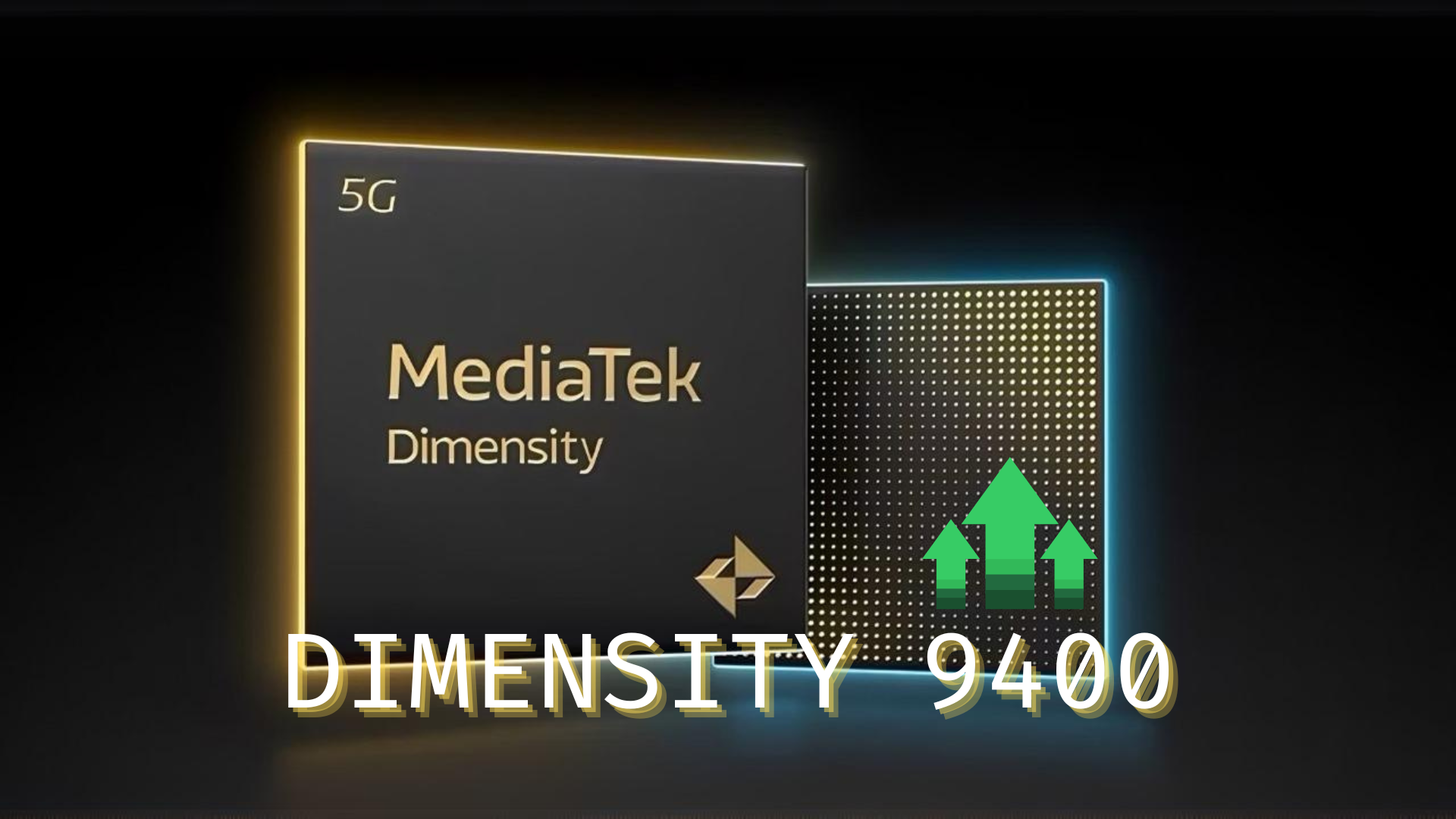Dimensity 9400 Sweeps Past Apple’s A18 Pro in Early Multi-Core Benchmarks
The dual big-core cluster boost comes at a cost!

As two of the largest next-gen mainstream Android chip manufacturers transition to 3nm for their flagship SoCs, the rumoured performance numbers seem to indicate significant leaps in performance. For example, both MediaTek and Qualcomm are aiming to leverage the efficiency gains offered by transitioning to a thinner process node by removing E-cores from their SoCs, leading to substantial improvements in multi-core scores.
That is not to say that there aren’t any downsides, but this strategy may result in a noticeable gap between the performance of Android’s main competitor, Apple’s A18 Pro, and, from here, Dimensity 9400 and Snapdragon 8 Gen 4.

READ MORE: Snapdragon 8 Gen 4 May Break the 4GHz Barrier, Thanks to TSMC’s N3E Process and Custom Nuvia Cores ➜
Insider Digital Chat Station has revealed that the Dimensity 9400 will come with two clusters of big-cores: 1x Cortex-X5 and 3x Cortex-X4 cores. The upside of this is that early engineering samples for the MediaTek Dimensity were able to hit 10,000 on Geekbench 6 multi-core, which is well within the territory of Qualcomm’s Gen 4 flagship chipset, that uses custom Oryon cores.

One of the more important details for these SoCs is that their efficiency numbers remain hidden for now. The Qualcomm Snapdragon 8 Gen 4 was reported to have been reaching upwards of 14W of TDP, which is a significant jump from 12.1W last year. With no E-cores and an overall combination of power hungry large cores, there will be discussions regarding the potential implications to battery and performance under sustained load.
Regardless, Dimensity utilizes Cortex off-the-shelf cores, which means that it will be interesting to see how MediaTek and, consequently, the manufacturers keep the thermals in check. The S24 Ultra, released earlier this year sported a vapor chamber that was almost double in size than its predecessor, so we can expect active cooling to become a major part of flagship smartphones moving forward.
This is all we know for now, but rest assured that we will keep you updated as new information becomes available.
via: DCS (Weibo)


